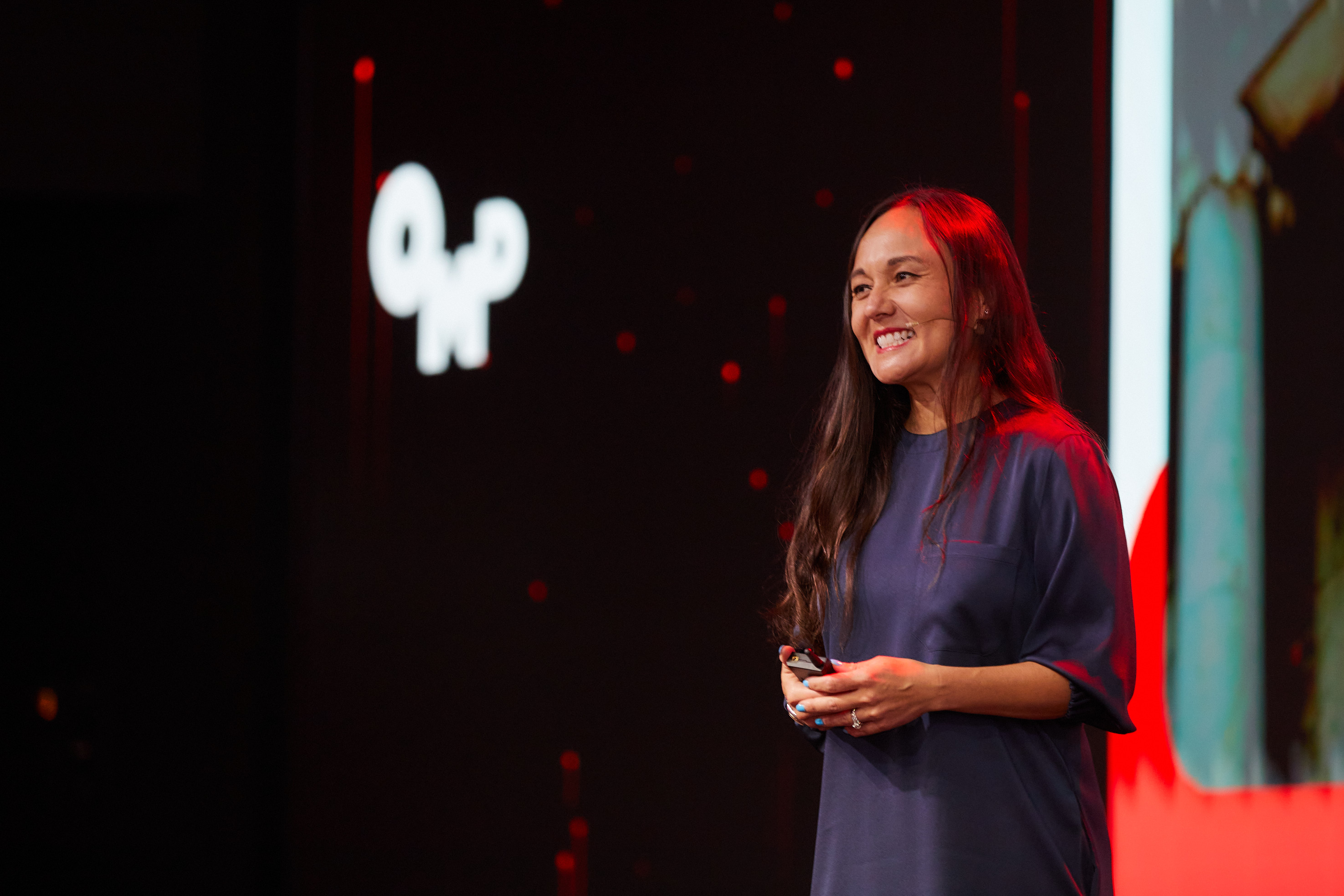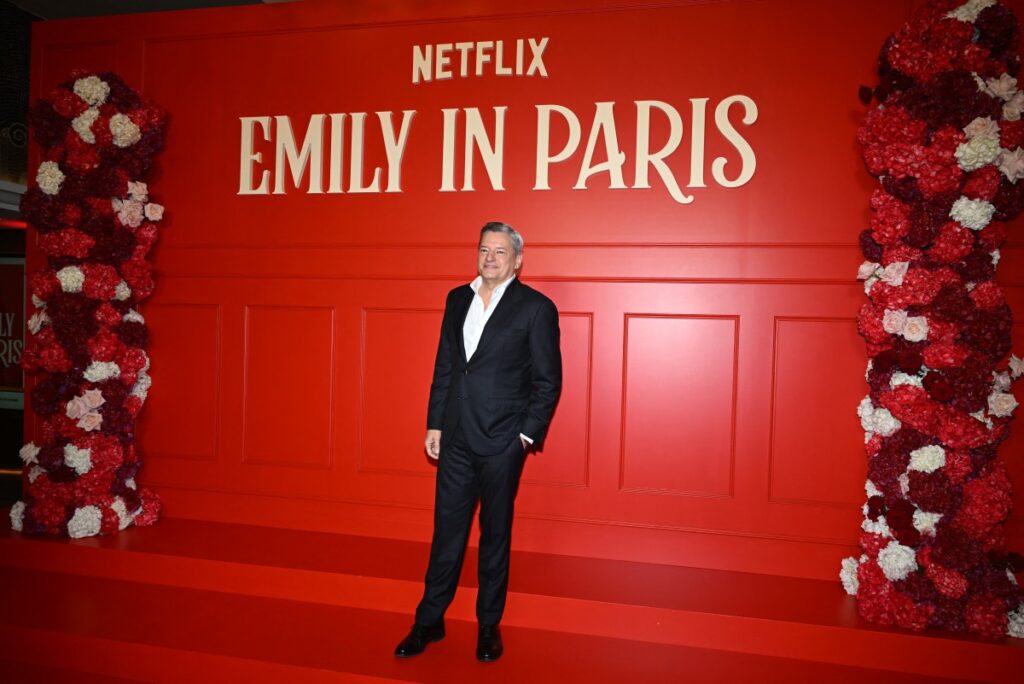Where the COVID-19 crisis did take a toll on the industry’s flexibility to stretch budgets, the lockdown brought about major progression in areas like connected TV and e-commerce marketing, where the pieces were already in place for growth, but the pandemic pushed them forward. Hybrid work culture enabled advertisers to step out of the box and adapt fresher strategies, it also opened the door for women who gave up on their careers to make a comeback. All in all, the pandemic changed the way the ad industry works.
But, why is empathy that one lesson that we cannot compromise on? What makes its inclusivity so crucial. Communicate sat down with Global Chief Strategy Officer at OMD Chrissie Hanson for a quick chat on the same during OMD’s first-ever conference hosted under the Sense series.
 OMD MENA's first Sense conference was hosted at the Museum of the Future earlier last week.
OMD MENA's first Sense conference was hosted at the Museum of the Future earlier last week.
What has elevated the importance for advertisers and marketers to connect with their consumers emotionally, especially in a post-pandemic time?
I think the pandemic had an extended negative impact on people on several fronts. Firstly, it caused a talent exodus and a huge rift in terms of women's representation in the global workforce. Statistics explain that the gender gap has worsened, and we are set back by 135 years now. This exodus is evident in organizations, in terms of motivation and productivity.
Second, we saw how racial tension around the world intensified during the pandemic. That was followed by widespread ignorance towards misinformation and disinformation. So, the pandemic caused so much pain and challenge for the consumers that brands need to work on building trust. According to 2021, Edelman Trust Barometer Report, the trust in brands and organizations in 17, out of 28, markets has gone up.
Marketers & advertisers need to sort of understand these statistics to target the pain points of their consumers. Today, consumers are asking us to come up with inclusive messages that address issues like misinformation, gender parity, and sustainability. That’s what makes the need for advertisers to build trust and emotionally connect with their consumers even more crucial in these days.
The pandemic also saw an emerging market of new businesses and organizations in the industry. What do you think existing firms need to do differently to build on their consumer’s long-term trust amidst a competitive market?
It’s critical for brands to go back to their purpose, and from there understand their five consumer priorities and which ones can they most credibly tackle? Personally, I believe that all brands can tackle the issue of diversity, equity, inclusion, and belonging. That starts with understanding your composition, and your targets, by asking questions like ‘are you paying women as much as you pay men?’ That has become a standard in today’s age. When it comes to sustainability, I think every brand can do something, but how much they do depends on their product and/or their services.
Gen Zs have been the ones deeply affected by the pandemic. It has become their nature to be cynical and think before acting. How do you think brands can connect better with Gen Zers?
It starts with listening. Brands need to really listen to what the generation has to say about them. I think when you’re young and so much is happening in the world, and you’re isolated, we’re seeing it in the Gen Z and there is a little more nihilism happening there. I resonate with that, but I also think that is this a function of the Gen Zs relationship with the world. Therefore, brands that poorly performing with the target of this generation need to invite them and ask them about what it is they expect from the brand. They need to ask the youth, what carries meaning for them and act on the feedback.
What do you think brands need to do differently while curating associations or triggers to their products/services in a time where being human-centric has become a standard need to grasp consumers’ attention?
The topic of attention is one that's very near and dear to my heart. I think if brands want to gain attention, I’d urge them to know the attention requirement that is needed, and never take more than what is required. We are not in the business of attention harvesting. When it comes to triggering your consumer’s attention, for me it’s the brand values that matter. How do I make sure that I am representing the values that I care about as a brand and you care about as a consumer and are they meeting at a common point? If I say diversity, equity and inclusion are important to me, let's make sure that my advertising represents people like me and that I see people like me in the ads. I think that's an easy one and one that is not done enough.
Finally, what is it that you think advertisers are lacking in building trust and an emotional connection with their audience?
I think what advertisers may be doing a little too much of is putting the science of data in dominance as opposed to an equal in the art of listening. There is a real value in the interview, intuition, interpretation, and in using ethnographic techniques to be understanding a consumer. Sadly, there is more reliance on interpreting the audience data. Even the language of the two is different, one is where I am speaking to the consumer, and the other one is, I analyze the data. I believe that it must be the marriage of both interacting with the consumer and analyzing appropriate data and I would love to see more of that in harmony and balance.






